Boeing's Starliner capsule is set to embark on its first crewed mission to the International Space Station (ISS), marking a significant milestone for the US aerospace giant. Scheduled for launch on Monday, several years after SpaceX achieved a similar feat, this flight represents a crucial final test before Starliner begins regular service for NASA.
The journey to this moment has been fraught with challenges for Starliner, which was first ordered by NASA a decade ago. Unexpected setbacks and numerous delays have characterized its development, but Boeing is determined to see it through.
Astronauts Butch Wilmore and Suni Williams will pilot the capsule, departing from Cape Canaveral aboard an Atlas V rocket manufactured by United Launch Alliance, a Boeing-Lockheed Martin joint venture. Both astronauts, seasoned space program veterans, express a mix of excitement and anticipation for this historic flight.
For NASA, the successful deployment of Starliner offers a vital alternative for human space flight alongside SpaceX's Dragon vehicles. Having this additional option provides flexibility, especially in managing emergency situations, according to Dana Weigel, manager of NASA's International Space Station program.
Starliner's mission includes docking with the ISS for a little over a week, during which tests will be conducted to ensure its functionality. The journey back to Earth will be another significant phase of the mission.
The road to this point has been rocky for Starliner, with setbacks during its uncrewed test flight in 2019 and technical issues delaying subsequent attempts. However, Boeing remains committed to resolving these challenges and securing certification for NASA's regular ISS missions.
While SpaceX's Dragon capsule achieved its milestones swiftly, Starliner's delayed progress has been a source of frustration for Boeing. Nonetheless, both capsules are expected to play crucial roles in future space endeavors beyond the ISS's expected retirement in 2030.



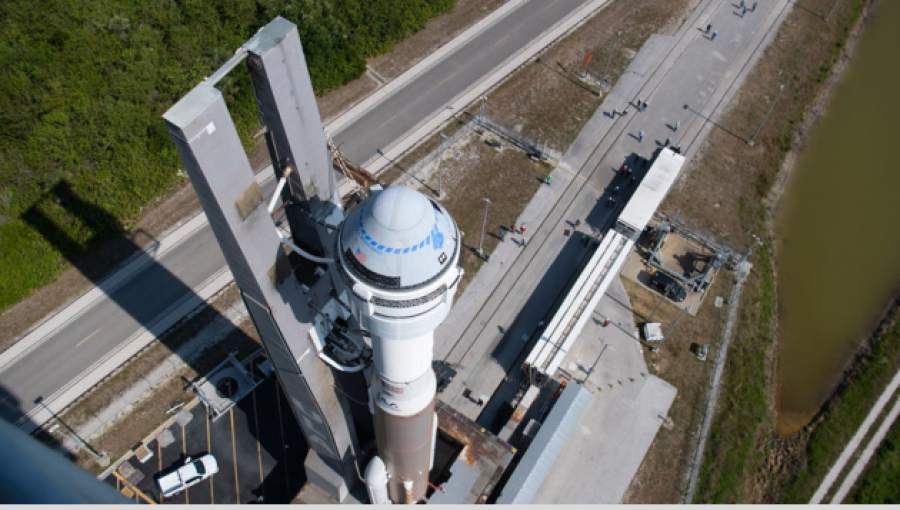
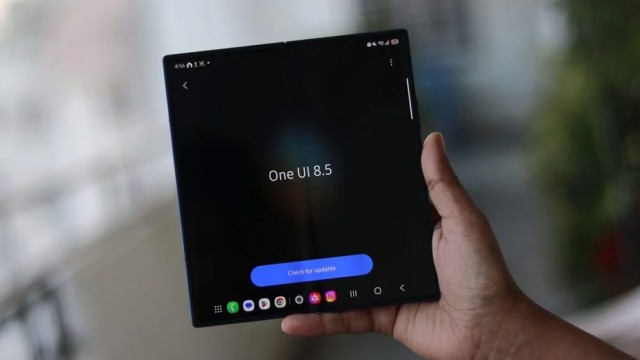
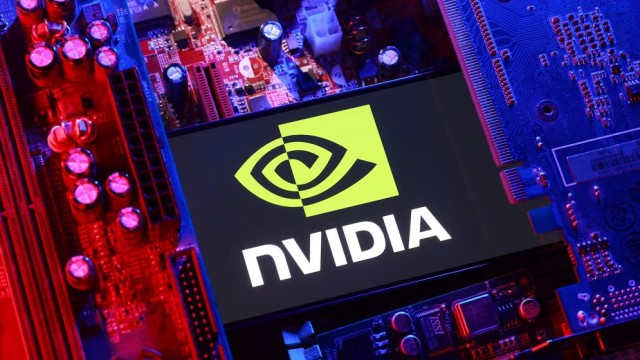



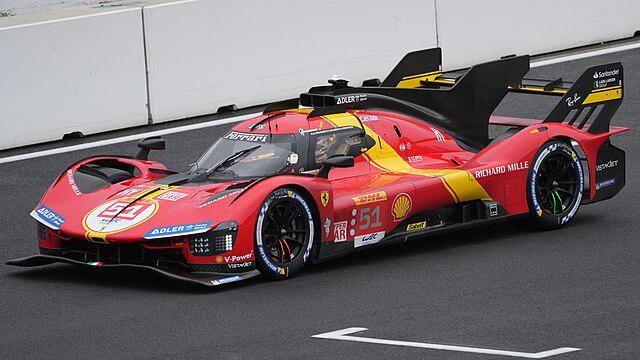




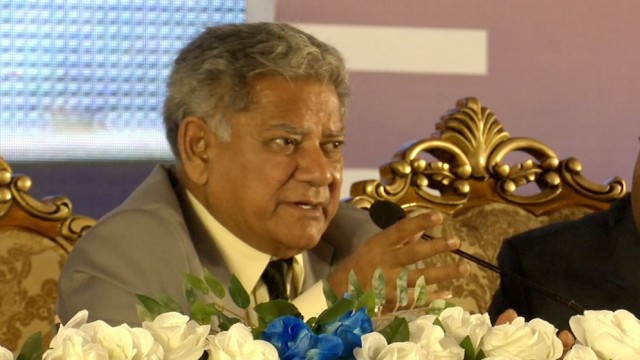
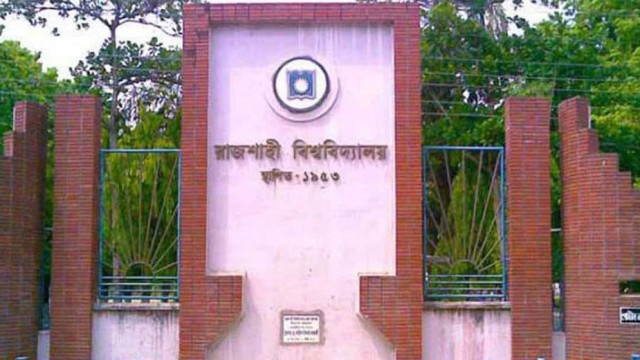


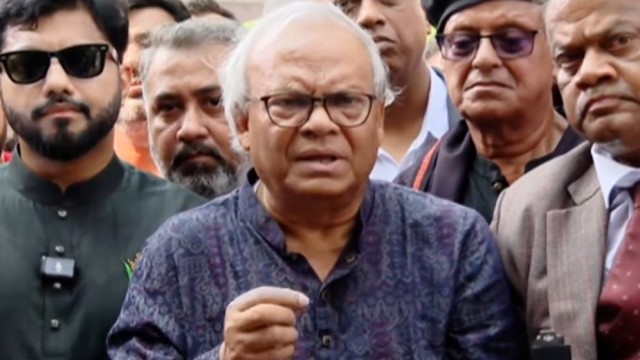







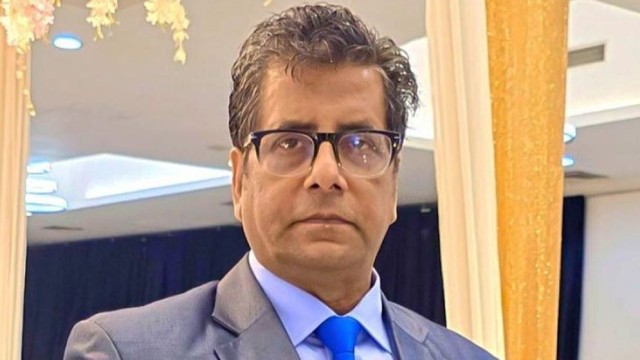




Comment: